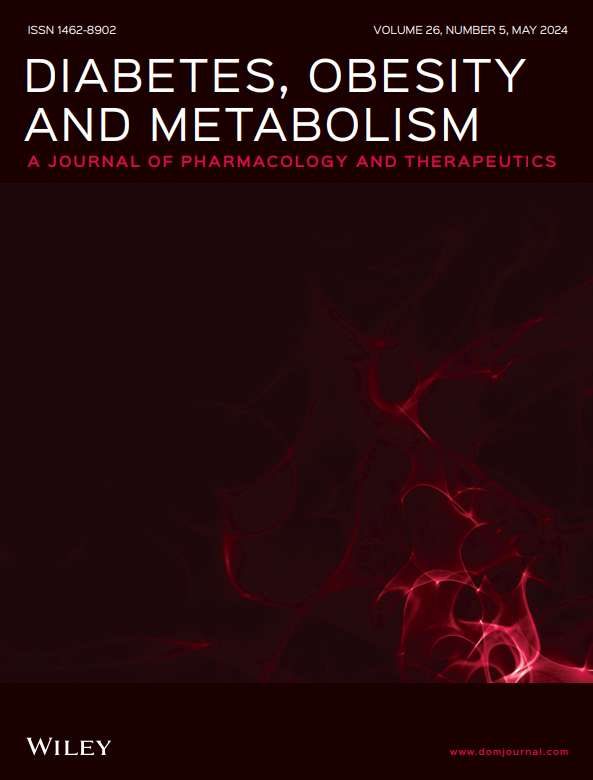Efficacy and safety of lobeglitazone added to metformin and sitagliptin combination therapy in patients with type 2 diabetes: A 52-week, multicentre, randomized, placebo-controlled, phase III clinical trial
Abstract
Aims
To evaluate the efficacy and safety of adding lobeglitazone to a triple therapy regimen in Korean patients with type 2 diabetes whose blood glucose levels were inadequately controlled despite dual therapy with metformin and sitagliptin.
Materials and Methods
This randomised, double-blind, placebo-controlled, phase 3 study involved 231 Korean patients with type 2 diabetes whose HbA1c levels ranged from 7.0% to 10.0% despite treatment with metformin (≥1000 mg/day) and sitagliptin (100 mg/day). Participants received lobeglitazone (0.5 mg/day) or placebo for 24 weeks, followed by a 28-week open-label phase in which all patients received lobeglitazone. The primary endpoint was the change in glycated haemoglobin (HbA1c) at 24 weeks; secondary endpoints included changes in fasting plasma glucose (FPG), homeostatic model assessment for insulin resistance (HOMA-IR), HOMA for β-cell function (HOMA-β), quantitative insulin-sensitivity check index (QUICKI) and lipid profile. Safety assessments were also conducted.
Results
At week 24, lobeglitazone treatment demonstrated a significantly greater reduction in HbA1c compared with placebo (−1.00% ± 0.09% vs. 0.02% ± 0.09%), with a between-group difference in the adjusted mean change [−1.03%; p < 0.0001]. Additionally, lobeglitazone significantly reduced FPG compared with placebo at week 24 and improved HOMA-IR, HOMA-β and QUICKI. Lipid parameters were also improved by lobeglitazone administration. Adverse events were similar in both treatment arms.
Conclusions
The addition of lobeglitazone in patients with type 2 diabetes inadequately controlled with metformin and sitagliptin is a beneficial therapeutic option, not only providing effective glycaemic control but also improving insulin function such as sensitivity and enhancing certain lipid parameters.




 求助内容:
求助内容: 应助结果提醒方式:
应助结果提醒方式:


